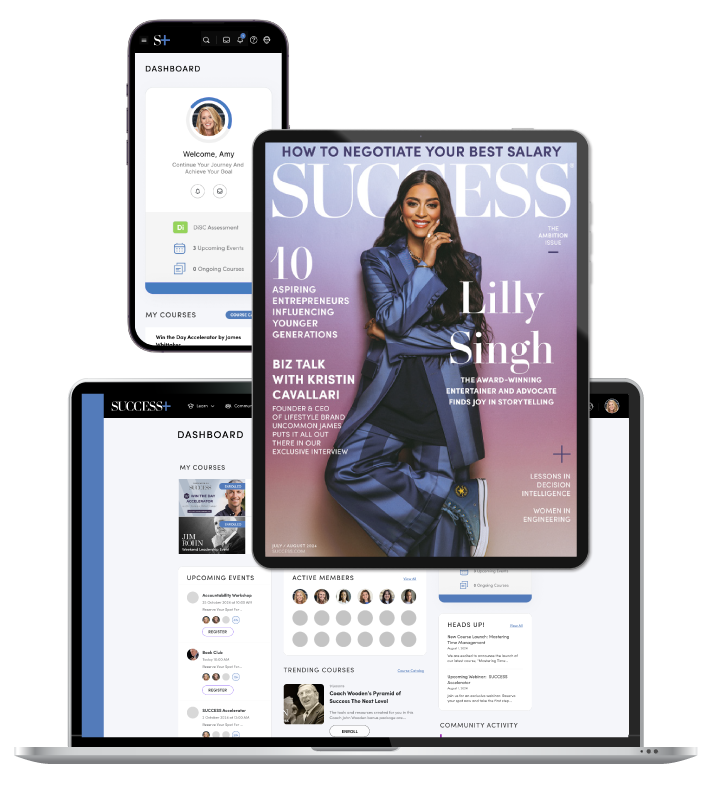Everyone wants good health insurance and the best 401(k) match from their employer. These are a few of the perks that are often used to measure current or future workplaces, but there’s more to your benefits package than you realize.
There are many benefits that employees don’t use—often due to not knowing they even exist. Though a new hire may have seen something mentioned in a job description or onboarding document, they would likely not loop back to investigate further if the terminology didn’t make sense. Or maybe they simply missed the memo.
Here are four often overlooked benefits:
1. Employee discount programs
If you don’t utilize employee discount programs, you might be missing out on hundreds or thousands of dollars of potential value. An employee discount program consists of a portfolio of brands that have partnered with your company to offer exclusive discounts to your workforce on a variety of products, services and experiences, such as:
- Retail discounts, like reduced rates on electronics or apparel
- Travel deals, such as big savings on theme parks, attractions, hotels and even rental cars
- Service discounts, such as gym memberships or fine dining
A good employee discount program can not only save you money, but also make your life easier. Pre-packaged deals, bundles and discounted services from professionals can make tasks like choosing the right phone or planning a vacation much less of a headache.
Tapping into this hidden value just requires a little exploration. However, if you have a good program with a lot of options, this can be a little confusing. In many cases, an employer will use a turnkey employee discount platform like Working Advantage. In that case, all you need to do is set up an account, and you can easily search for discounts that match your preferences. If you don’t have that option, find time to meet with your HR rep to make sure you’re making the most of your benefits.
2. Employee assistance programs
Health care is a common employee benefit that is legally required for many larger organizations. But many modern employers go above and beyond the need for physical health by offering employee assistance programs (EAPs), which can improve the mental, financial or emotional challenges their workforces face.
EAP services can run the gamut. While traditional EAPs most often focused on substance abuse, modern programs address a wide range of concerns, including:
- Relationship challenges
- Financial or legal issues
- Child or elder care
- Wellness matters, including mental health
- Traumatic events, like workplace violence
Many programs can even be accessed from the comfort of your home. This provides a sense of privacy along with significant savings, given that it can cost hundreds of dollars for a single assessment or counseling session when pursued on your own. Even if you don’t need help now, it’s worth understanding what resources are available to you through a corporate EAP.
3. Wellness programs
The health and wellness industry continues to grow every year, as consumers are constantly learning new information they can apply to their daily lifestyle. However, health-conscious habits can become a major expense.
Expenses—like hundreds of dollars in nutraceuticals, $50 per month for a gym membership and steep grocery bills due to the cost of healthy food choices—can add up quickly. This leads to many employees either ditching health initiatives or swallowing the high costs associated with this lifestyle. But there’s a third option.
Many companies offer wellness programs as a perk. For instance, you may find that your work wellness program offers a gym membership, fitness classes and/or wellness coaching. This setup can be an alternative to your current routine that’s a fraction of the cost you’re paying.
In addition, your organization may be working with a benefits provider like IncentFit, which offers employees wellness reimbursement benefits for qualifying purchases made in pursuit of ongoing health and wellness. This gives you the ability to continue investing in your preferred products and programs while getting to write off the expense. In either case, if you have a wellness program available, it’s worth looking into the finer print.
4. Professional development funds
The average time an individual spends at a company in 2024 has shrunk to between three and five years. In other words, even a successful employee will probably see a lot of job shifting over the course of their career.
One way to stay ahead of this ongoing change is to invest in continually learning the latest developments, methodologies and techniques in your industry. This can cost money though. Critically, it also takes time—a precious commodity for most.
Fortunately, many benefit programs weave a professional development fund right into their packages. These funds can help cover the cost of conferences, courses, certifications, workshops and similar professional learning opportunities. When you engage in these kinds of things with the support of your employer, you may be able to pursue some of them on company time, which adds another quiet but valuable dimension to the benefit.
If you want to engage in upskilling and keeping your career viable over time, you need to invest in yourself—and your company may be ready to help. Check your benefits package to see what kinds of career advancement and professional development resources are included. Then, find the ones that are the most relevant to your career path and dive in.
Tapping into your benefits
Benefits are there for a reason. According to the U.S. Bureau of Labor Statistics, benefits make up almost 30% of an individual’s salary, meaning they are a substantial portion of your work compensation.
Are you taking advantage of them? Like with every dollar deposited into your bank account, are you tapping into the potential of your benefits to make sure they have the biggest impact on your life? It’s a question worth answering.
Photo by Josh Willink/Pexels






